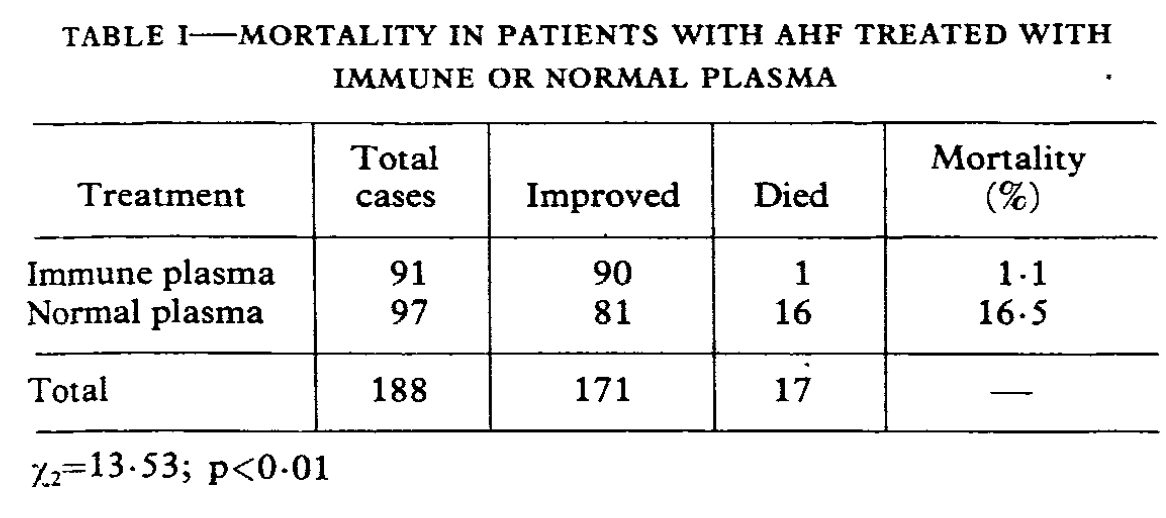
Once a year I give a lecture to the 2d year medical students on humanizing intensive care. It's fun to be with these bright young people moving toward careers as physicians. One asked me an interesting and important question that seems like it's worth reflection.
Specifically, how do we engage people in positive and respectful ways if we don't have an authentic connection with the patient/family member? We know from RCTs that rote condolence letters after a death seem to raise and then disappoint expectations of intimacy, so how do we
support people without being ingenuine (and/or raising expectations we can't meet)? These questions resonate especially loudly in our modern cultural moment where authenticity is prized, and our radar is tuned to detect inauthenticity, especially among those with power.
This is a hard set of questions, so any answer will be partial and potentially misleading. But a few things do seem secure. First, patients and their families are in crisis and in urgent need of support. It doesn't feel fair to me to say that they can only have human support if
the clinician's mental/emotional state is resonant with theirs. If we have to scramble to be kind, then we should scramble. We can't make them wait to be treated decently until all the clinicians feel an authentic connection to them. Second, building this authenticity requires
steps into the dark. I'm not a partisan Aristotelian, but I think he's onto something with this notion that virtue begets virtue, that living in particular ways makes particular emotional states more likely, more fitting. You can call it "fake it till you make it" if you want to,
but you could as easily talk about embodied cognition or the mind-body interface. We think with our bodies as much as we think with our brains, and being kind and respectful to a distressed patient can train us to feel that kindness as we act it out. So, as long as you aren't
trying to manipulate someone, it's fine to be kind even when it's not born of authentic feelings of kindness. Because it's part of our training. You can't do a central line well the first time, but you don't let that stop you from trying (with appropriate guardrails).
Third, my sense is that the practice of what I call "warm curiosity" can be a helpful pathway into authentic connection. The Anglican theologian Tom Wright would place this into what he calls the epistemology of love, but this doesn't require a particular theological commitment.
What I mean is a wondering about how a person works that is open to the possibility that the person brings a world into being. It's not the impersonal curiosity that builds new transistors or discovers new particles, although there is kinship there too. It's curiosity in the
hopes of learning more about the world writ large and more about this particular person. There are so many stories waiting to be told; just a question or two can get them moving. Asking about body art or nail polish or favorite hobbies or hometowns can give them an opening
to do what normal human beings do (they share stories with each other), to be heard and seen as more than a patient, and to identify areas of shared interest or enthusiasm. So that went on longer than I meant, but my takehome is: focus more on warm curiosity than on your
authenticity. More often than not in my experience, you'll achieve both aims (supporting the vulnerable patient in need of your support AND finding that your warmth becomes authentic over time).
• • •
Missing some Tweet in this thread? You can try to
force a refresh




